Home>Technology>Smart Home Devices>How Expensive Is Printer Ink
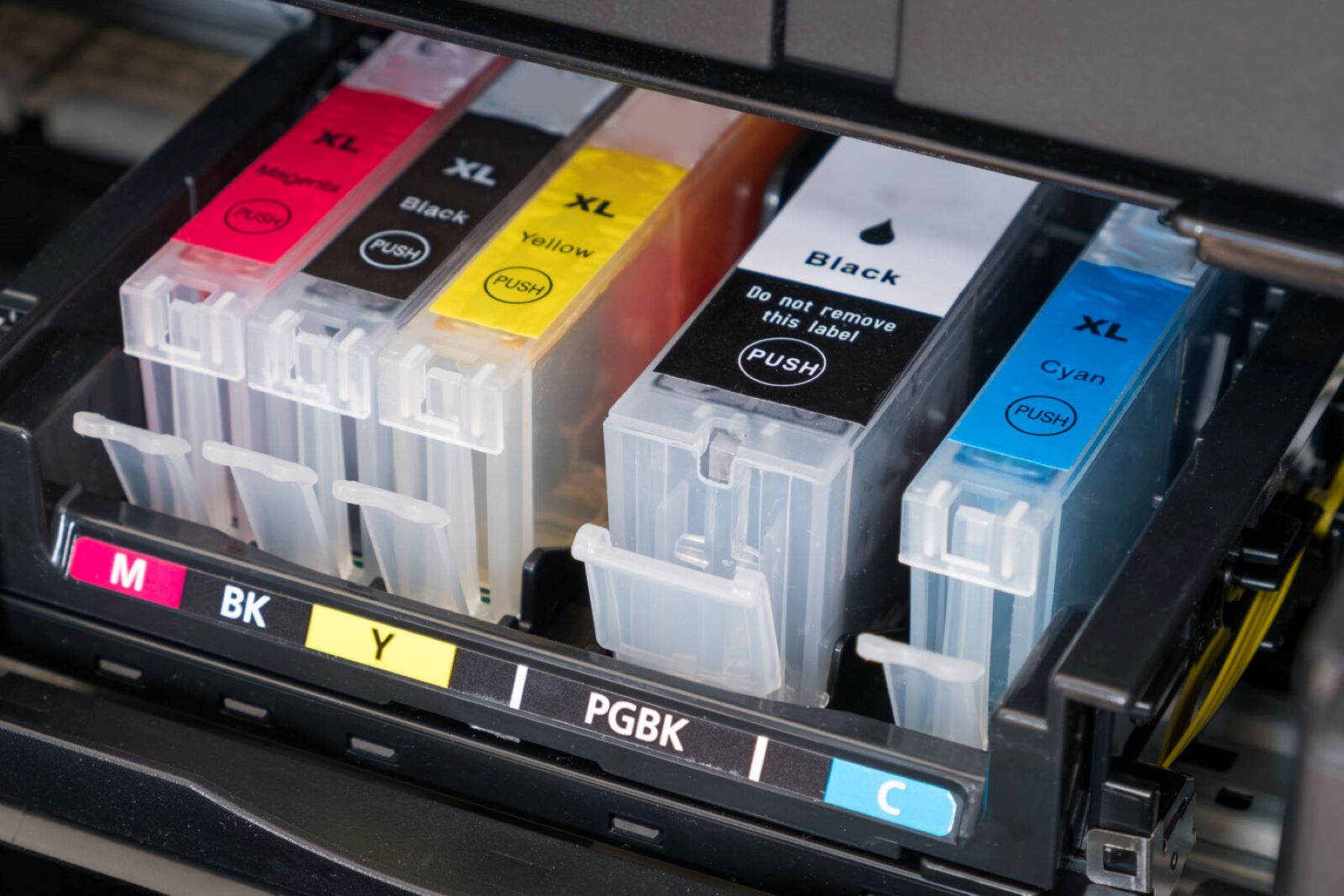

Smart Home Devices
How Expensive Is Printer Ink
Modified: January 14, 2024
Discover the cost of printer ink and how it affects your smart home devices. Learn how to save money on ink cartridges and maintenance.
(Many of the links in this article redirect to a specific reviewed product. Your purchase of these products through affiliate links helps to generate commission for Storables.com, at no extra cost. Learn more)
Introduction
Welcome to the world of modern printing, where the cost of printer ink can sometimes make you wonder if it’s more valuable than liquid gold. As a vital component of the printing process, ink is indispensable for producing high-quality documents and vibrant images. However, this necessity often comes with a hefty price tag, leaving consumers grappling with the financial implications of maintaining their printing needs.
In this article, we will delve into the factors that influence printer ink prices, compare the costs of different types of ink, and explore practical ways to save money on printer ink purchases. By the end, you’ll be equipped with valuable insights to make informed decisions about managing your printing expenses without compromising on quality.
Key Takeaways:
- Printer ink prices are influenced by manufacturing costs, R&D investments, market demand, and technological advancements, leading to seemingly high costs for consumers.
- To save money on printer ink, consider using compatible or remanufactured cartridges, ink subscription services, and cost-effective refillable ink tanks. Implementing efficient printing practices can also help reduce expenses.
Read more: Why Printer Ink Is Expensive
Factors Affecting Printer Ink Prices
Understanding the factors that contribute to the pricing of printer ink can shed light on why it often seems disproportionately expensive. Here are some key elements that influence printer ink prices:
- Manufacturing Costs: The complex process of formulating high-quality ink involves precise chemical compositions and rigorous testing to ensure optimal performance. These manufacturing intricacies contribute significantly to the overall cost of ink production.
- R&D Investments: Printer manufacturers invest substantial resources in research and development to enhance the quality and longevity of their ink products. These investments in innovation and technology are reflected in the pricing of printer ink.
- Proprietary Cartridge Systems: Many printers are designed to work exclusively with specific ink cartridges, often employing proprietary technology to prevent the use of third-party alternatives. This exclusivity gives manufacturers the leverage to set prices as there is limited competition in the market for compatible cartridges.
- Market Demand: The demand for printer ink, driven by both consumer and commercial needs, influences its pricing. As an essential consumable for various industries and personal use, ink maintains a steady demand, allowing manufacturers to maintain relatively high prices.
- Technological Advancements: With advancements in printing technology, such as the development of high-resolution and long-lasting inks, the production costs of these specialized inks can be higher, leading to increased prices for consumers.
- Economic Factors: Fluctuations in raw material costs, currency exchange rates, and global economic conditions can impact the overall production and distribution expenses, thereby influencing the retail prices of printer ink.
These factors collectively contribute to the pricing structure of printer ink, often resulting in seemingly exorbitant costs for consumers.
Comparison of Printer Ink Costs
When it comes to printer ink, the cost disparities among different types and brands can be quite significant. Let’s explore the various categories of printer ink and compare their costs:
- Original Equipment Manufacturer (OEM) Ink: Ink cartridges produced by the original manufacturer of the printer, known as OEM ink, are often the most expensive option. These cartridges are specifically designed for compatibility with the respective printer models and are known for their quality and reliability. However, the premium pricing of OEM ink can be a deterrent for cost-conscious consumers.
- Compatible Ink Cartridges: Third-party manufacturers produce compatible ink cartridges designed to function seamlessly with specific printer models. These cartridges offer a more budget-friendly alternative to OEM ink, providing comparable print quality at a lower price point.
- Remanufactured Ink Cartridges: Remanufactured ink cartridges are recycled OEM cartridges that have been refurbished and refilled with new ink. This eco-friendly option not only reduces waste but also offers cost savings compared to OEM ink, making it an attractive choice for environmentally conscious consumers.
- Refill Kits: Ink refill kits allow users to replenish their existing cartridges with new ink. While this option can be cost-effective, it requires careful handling to avoid potential mess and complications, and the print quality may vary based on the refilling process.
When comparing the costs of these ink options, consumers must consider factors such as initial investment, long-term expenses, and print quality. While OEM ink may offer unparalleled performance, the affordability and environmental benefits of compatible and remanufactured cartridges make them appealing alternatives for many users.
Consider purchasing a printer that uses ink cartridges with a lower cost per page. Also, look for third-party ink suppliers for more affordable options.
Ways to Save Money on Printer Ink
Given the substantial impact of printer ink expenses on household and business budgets, exploring cost-saving strategies can help mitigate the financial burden. Here are several practical ways to save money on printer ink:
- Choose Cost-Effective Cartridges: Opt for compatible or remanufactured ink cartridges, which often provide significant cost savings compared to OEM ink. Many reputable third-party manufacturers offer compatible cartridges that deliver reliable performance and quality prints.
- Utilize Ink Subscription Services: Some printer manufacturers and third-party suppliers offer ink subscription services, allowing users to receive regular ink refills at discounted rates. These subscription plans can help users save money and ensure a consistent supply of ink.
- Print in Draft Mode: When high-quality prints are not essential, switching to draft mode can significantly reduce ink consumption. Draft mode prints use less ink and are suitable for internal documents or personal use.
- Optimize Print Settings: Adjusting print settings such as grayscale printing, duplex printing, and reducing margin sizes can help conserve ink and extend the lifespan of cartridges.
- Monitor Ink Usage: Keeping track of ink levels and addressing low-ink notifications promptly can prevent unnecessary waste and ensure efficient use of available ink.
- Invest in Refillable Ink Tanks: Some modern printers are equipped with refillable ink tanks that offer a cost-effective alternative to traditional cartridges. These ink tank systems allow users to replenish ink using affordable refill bottles, reducing long-term printing costs.
- Explore Bulk Purchase Options: Purchasing ink in bulk or opting for multipack deals can yield substantial savings per unit, especially for high-volume printing needs.
- Compare Cost-Per-Page Metrics: Before purchasing a printer, consider the cost-per-page metrics for different models. Some printers are more efficient in ink usage, resulting in lower long-term printing costs.
- Regularly Use the Printer: Regularly using the printer helps prevent ink from drying up, ensuring optimal performance and reducing the likelihood of cartridge replacements due to drying or clogging.
By implementing these cost-saving measures, consumers can effectively manage their printer ink expenses without compromising on print quality or convenience.
Conclusion
Printer ink prices can undoubtedly be a significant concern for individuals and businesses alike, impacting overall printing costs and budget allocation. Understanding the factors influencing ink prices, comparing the costs of different ink options, and implementing practical strategies to save money on ink purchases are essential steps toward managing printing expenses effectively.
While original equipment manufacturer (OEM) ink cartridges offer unparalleled quality and compatibility, the availability of compatible and remanufactured cartridges provides cost-effective alternatives without compromising on print performance. Additionally, leveraging ink subscription services, optimizing print settings, and exploring bulk purchase options can contribute to substantial savings over time.
As technological advancements continue to shape the printing industry, consumers can expect ongoing innovations in ink formulations, cartridge designs, and printing technologies. These advancements may introduce new cost-saving opportunities and eco-friendly alternatives, further enhancing the value proposition for printer ink consumers.
By staying informed about ink pricing trends, exploring diverse ink options, and adopting efficient printing practices, consumers can navigate the realm of printer ink with greater confidence and financial prudence. Ultimately, the quest for affordable and high-quality printing solutions remains an ongoing pursuit, driving both consumers and industry stakeholders to seek innovative and sustainable approaches to meet diverse printing needs.
With a combination of informed decision-making and proactive cost-saving measures, individuals and businesses can effectively manage their printer ink expenses, ensuring a balance between economic efficiency and printing excellence.
Frequently Asked Questions about How Expensive Is Printer Ink
Was this page helpful?
At Storables.com, we guarantee accurate and reliable information. Our content, validated by Expert Board Contributors, is crafted following stringent Editorial Policies. We're committed to providing you with well-researched, expert-backed insights for all your informational needs.
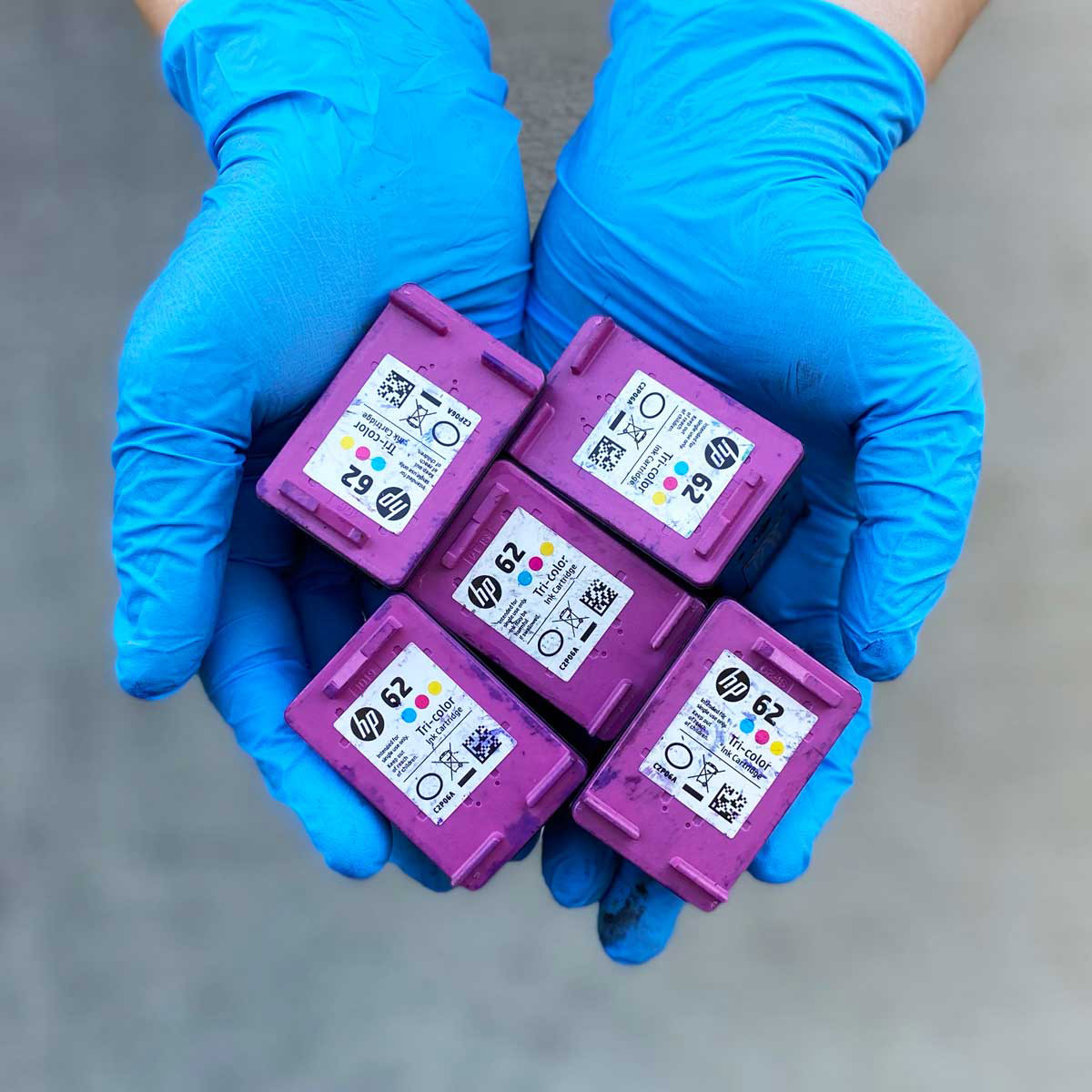
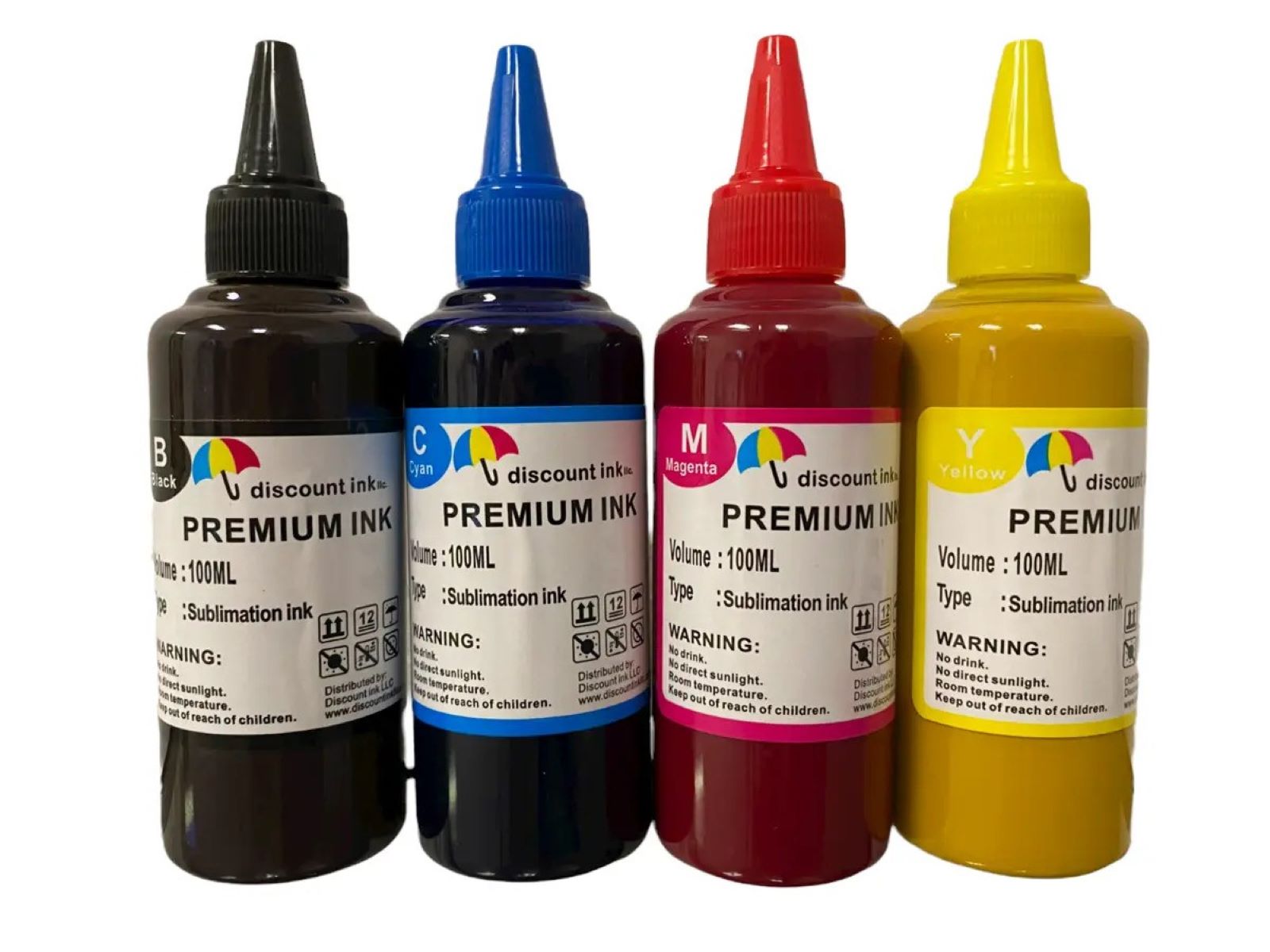
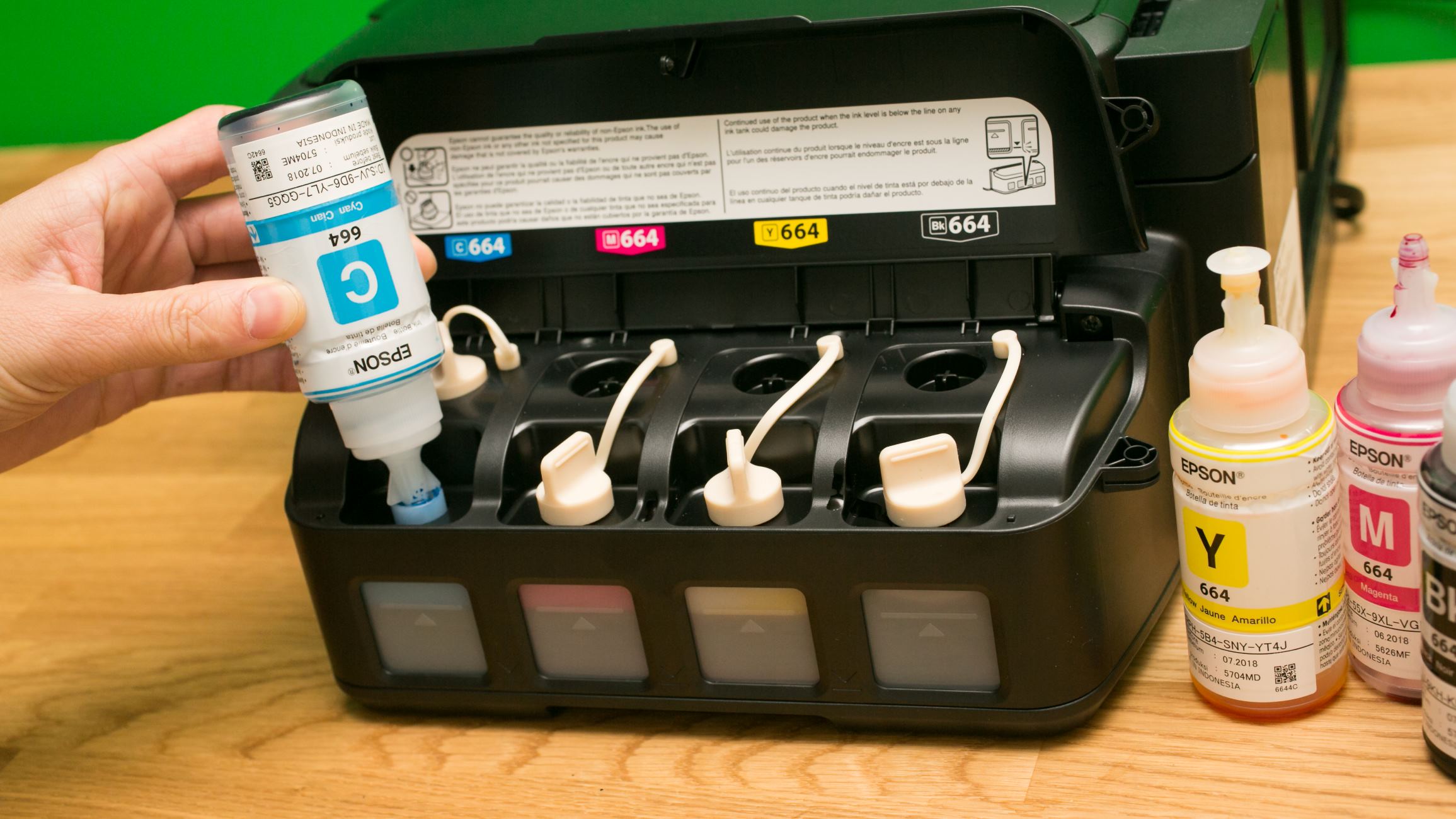
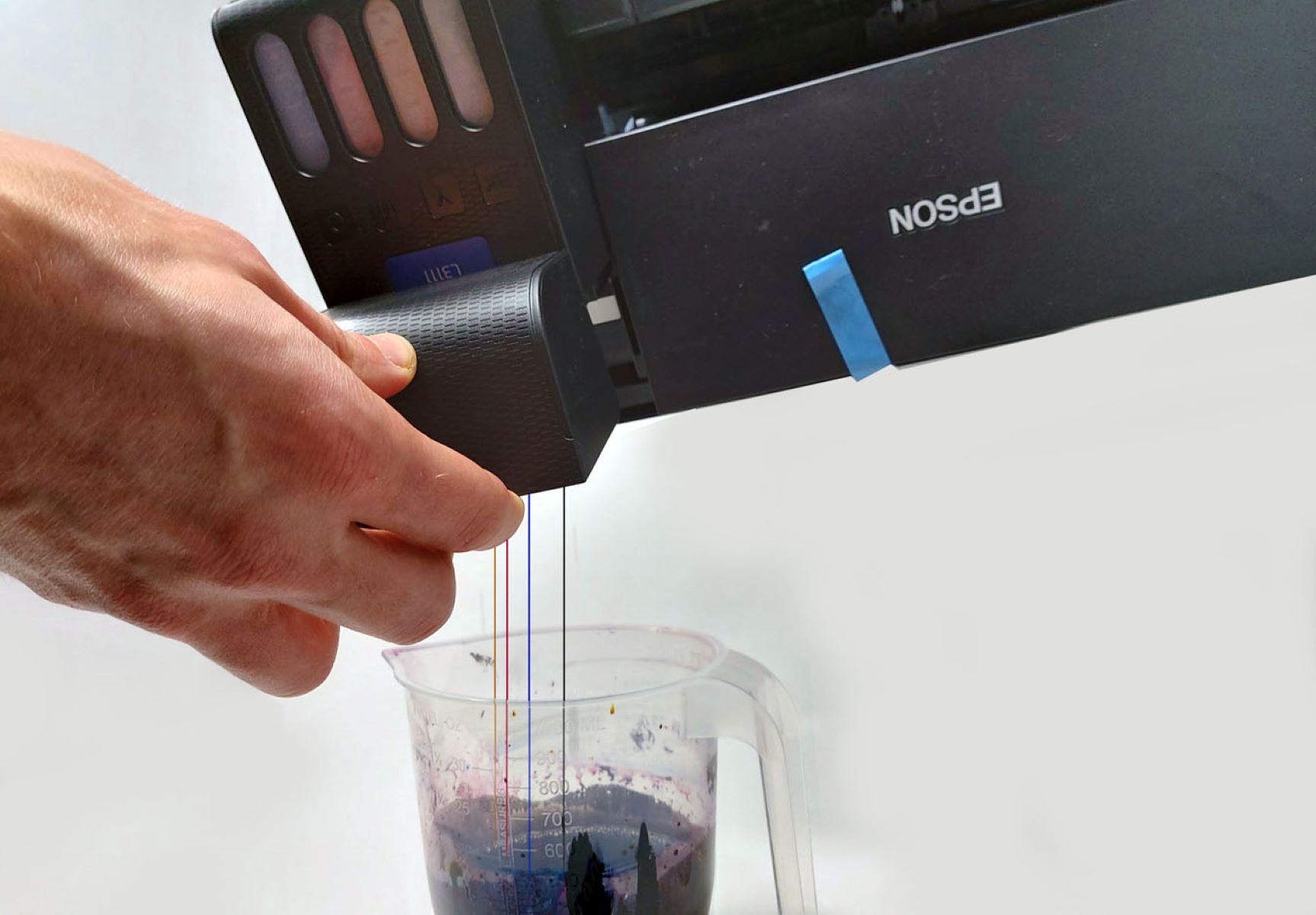
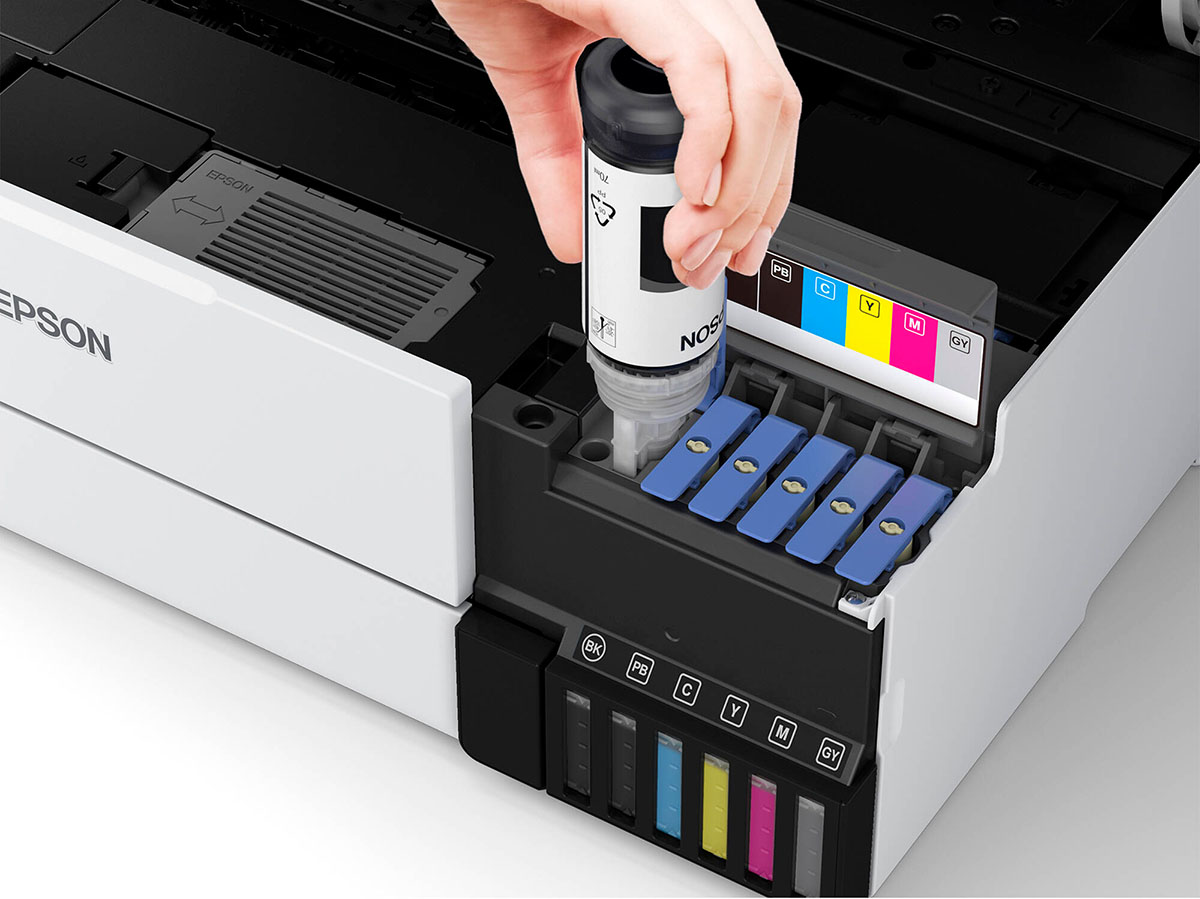
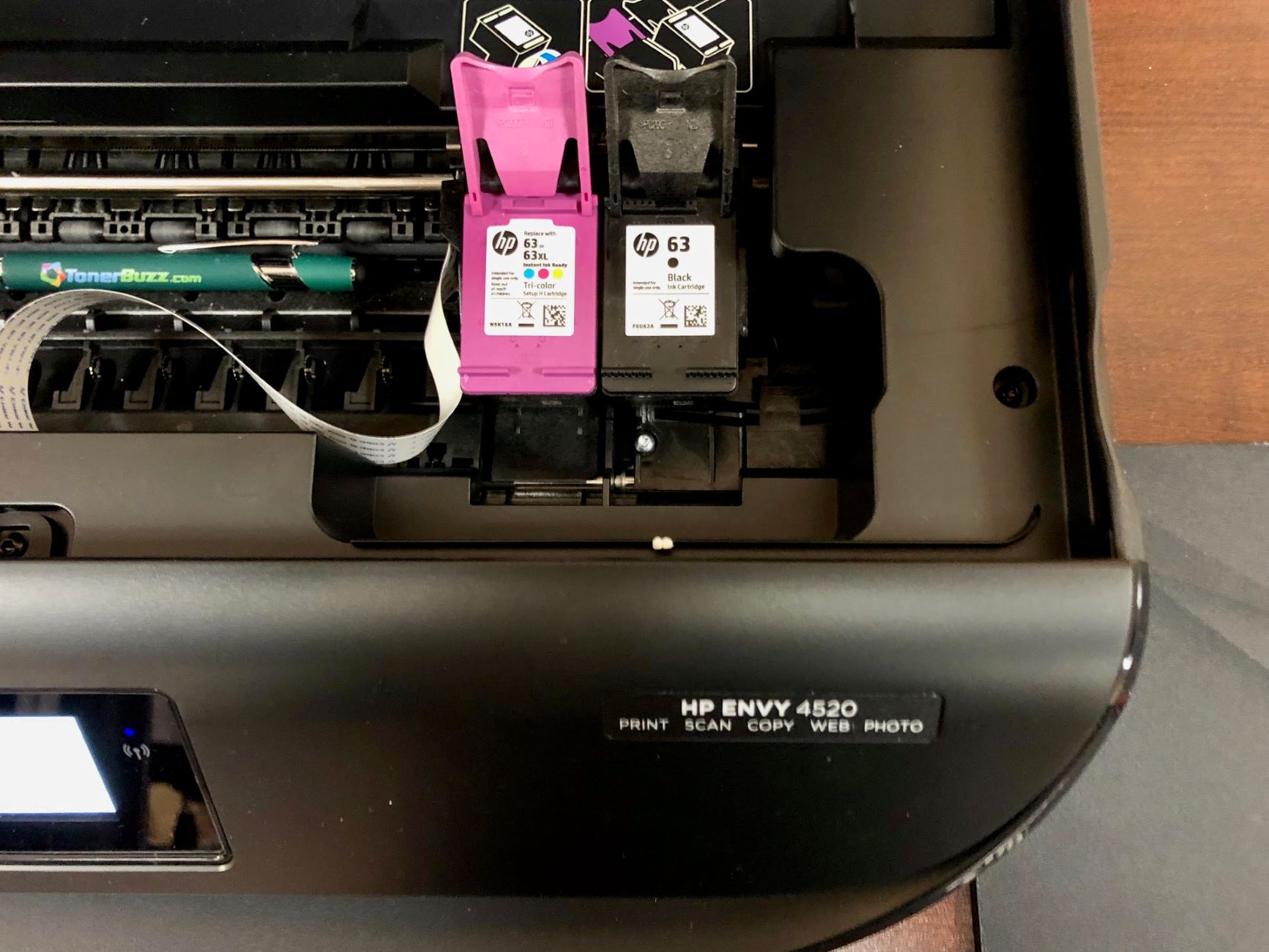
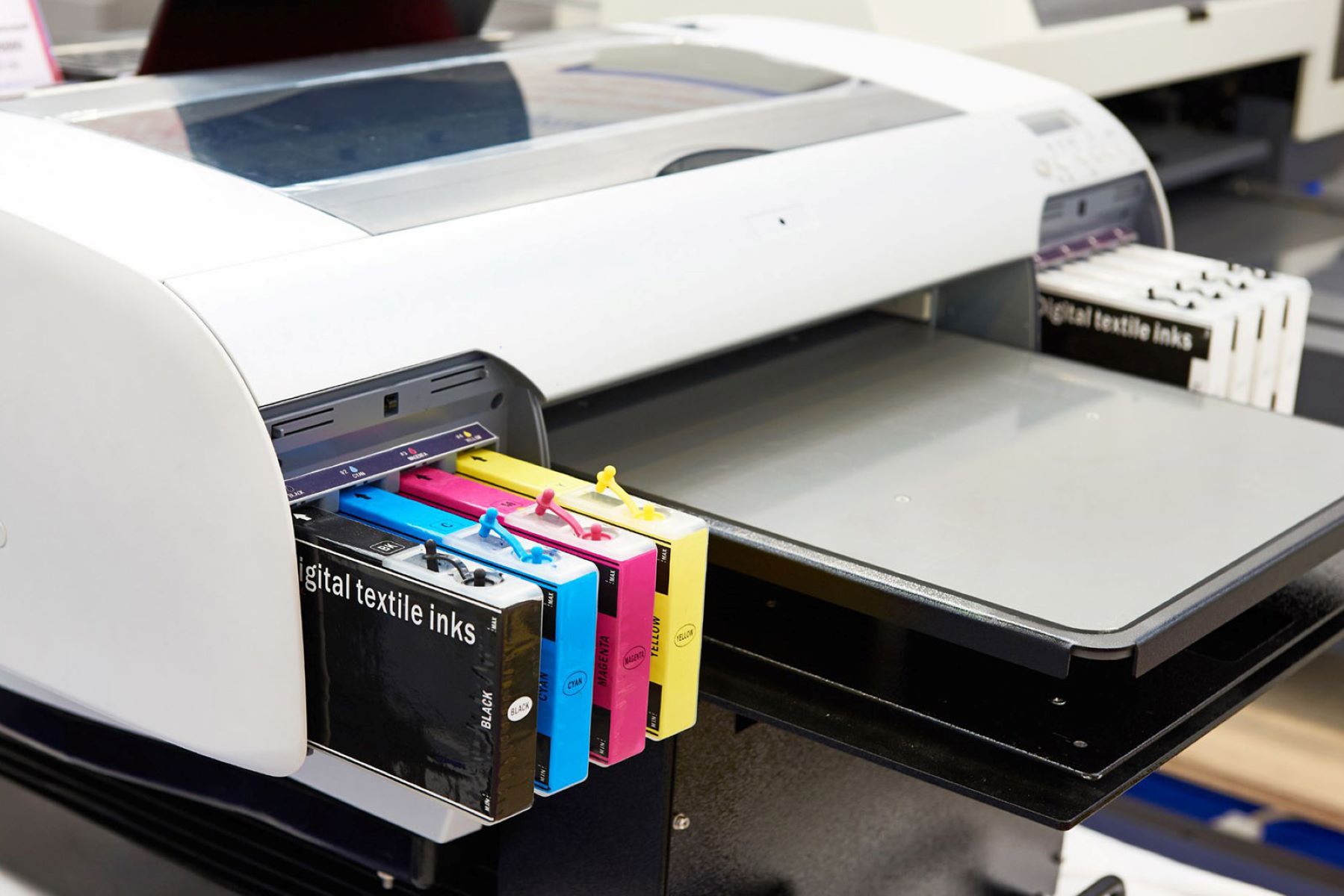
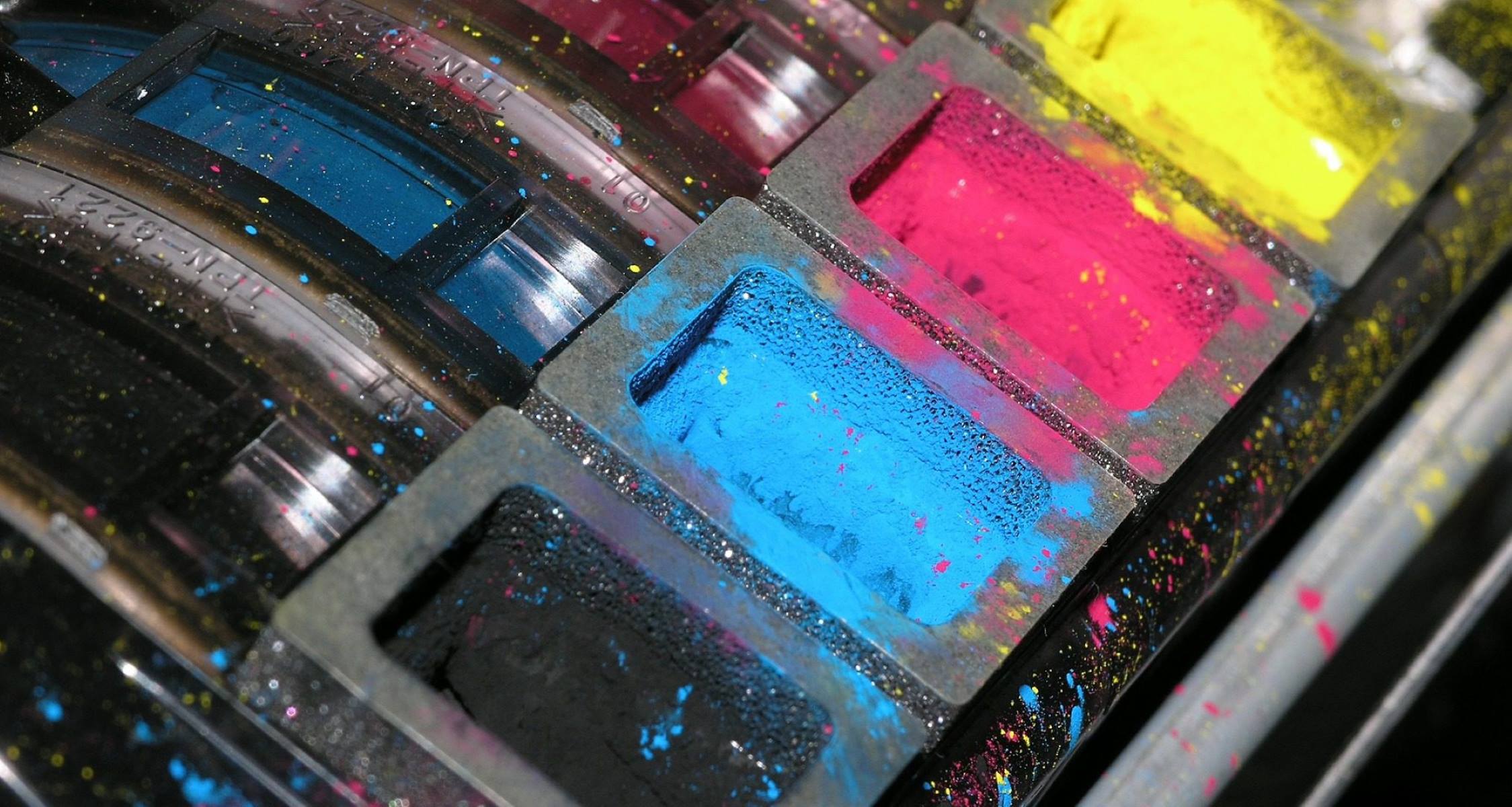
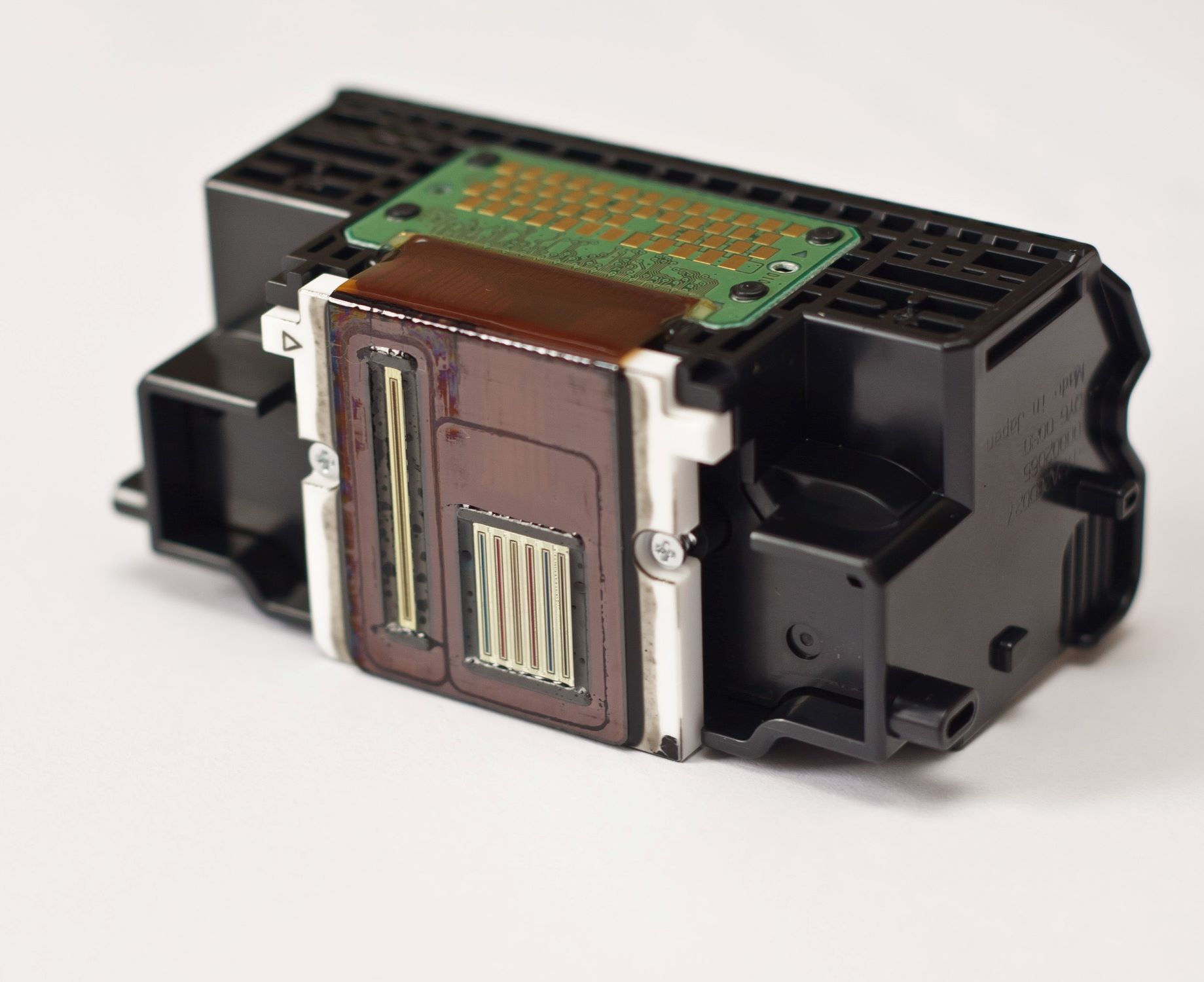
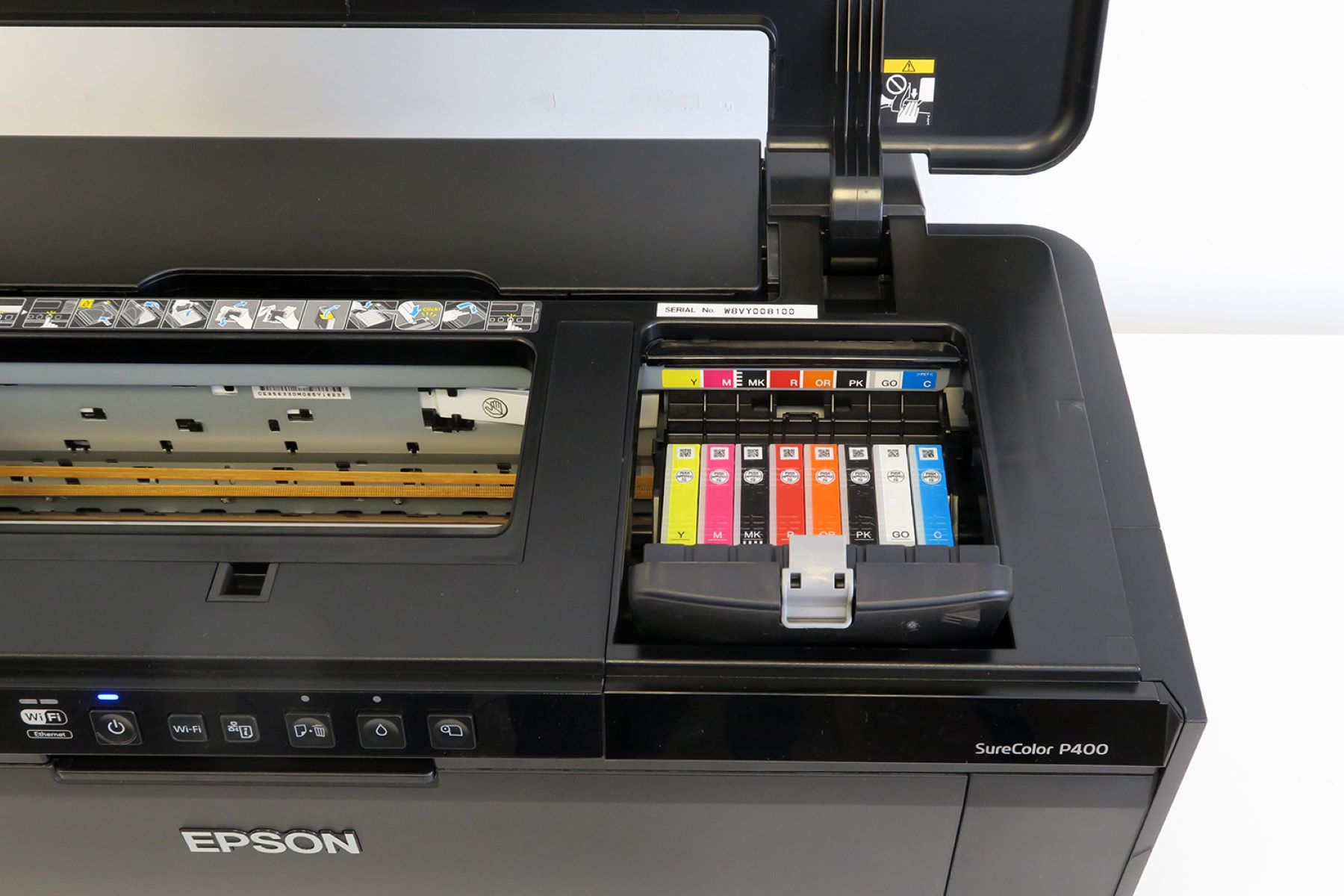
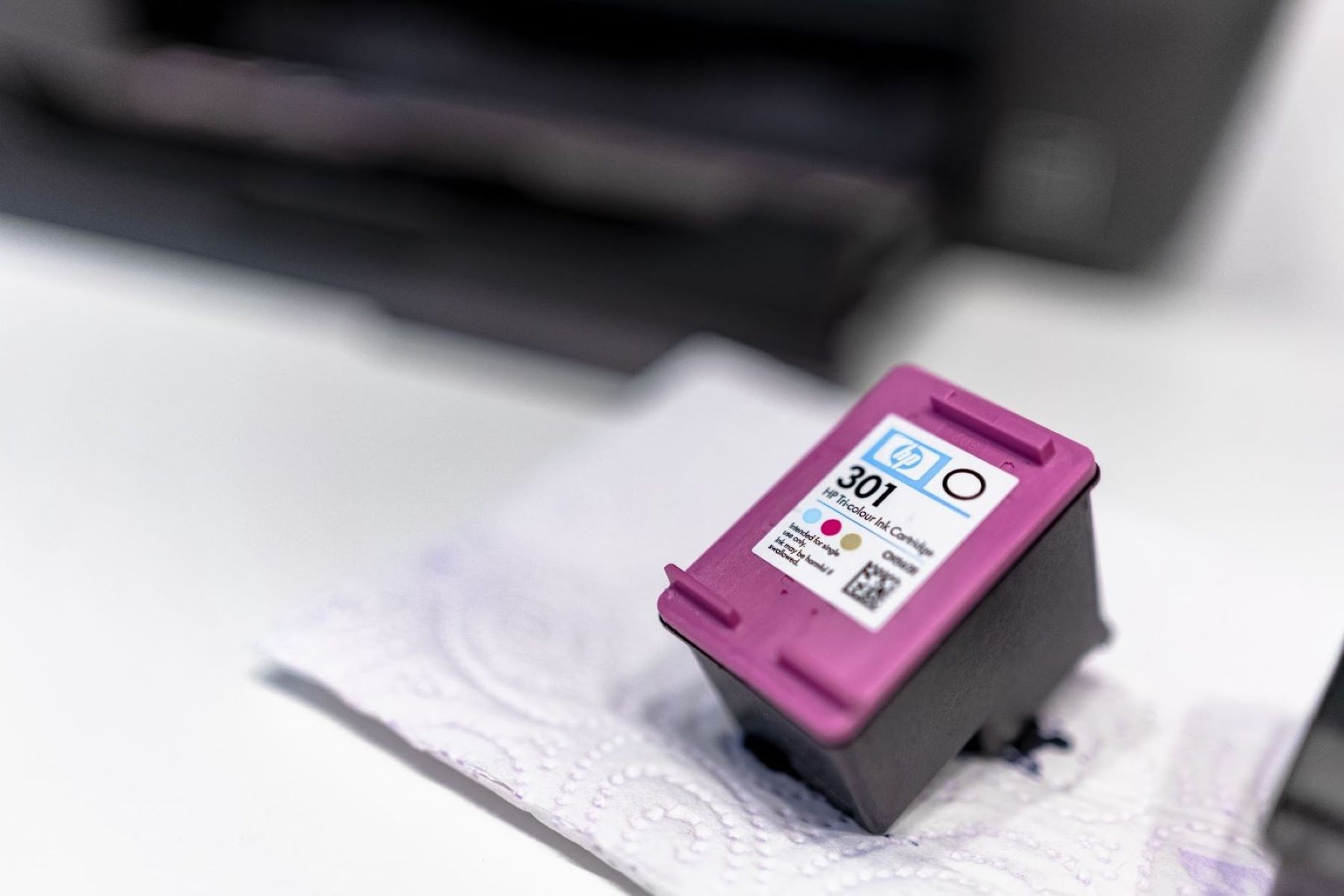
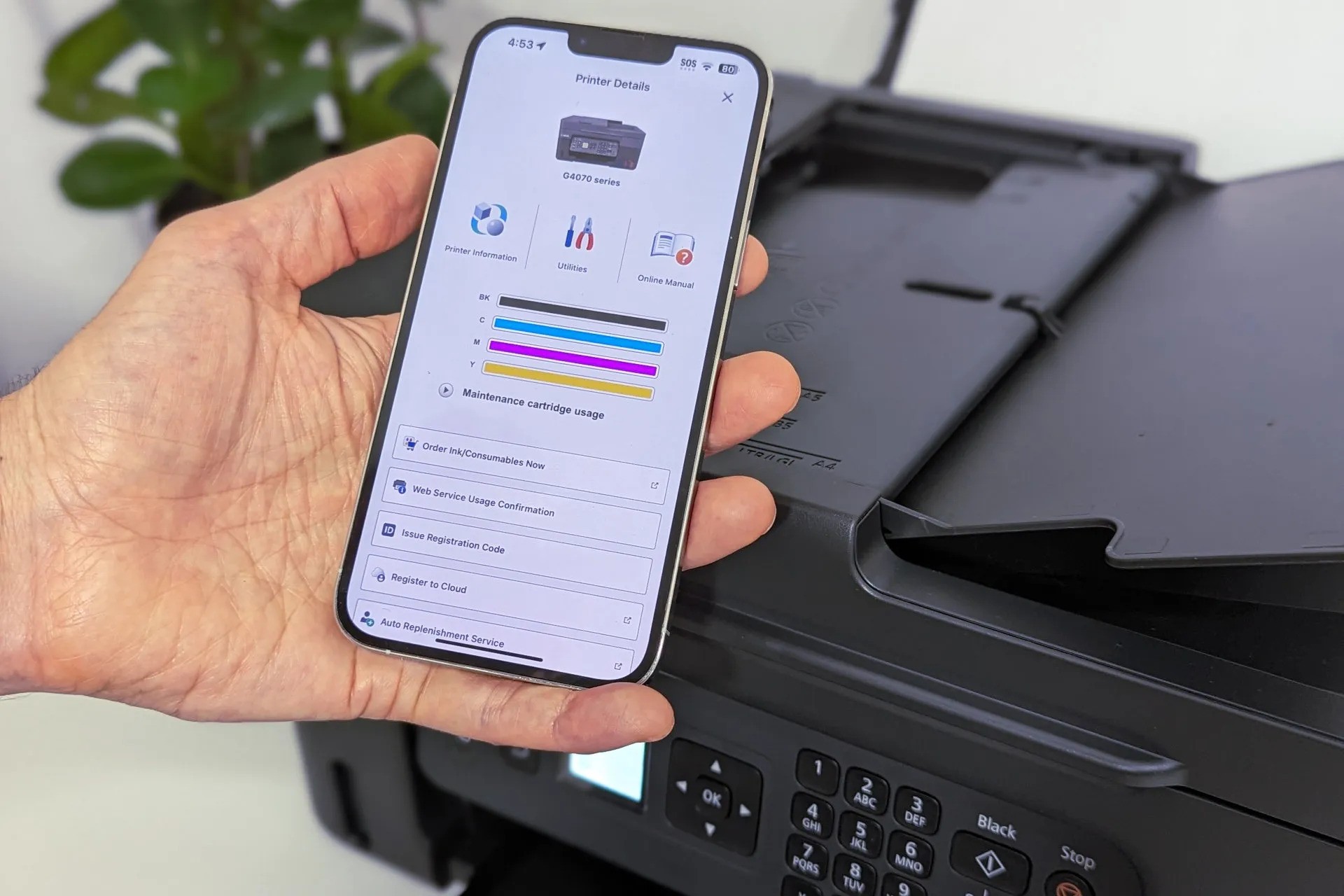
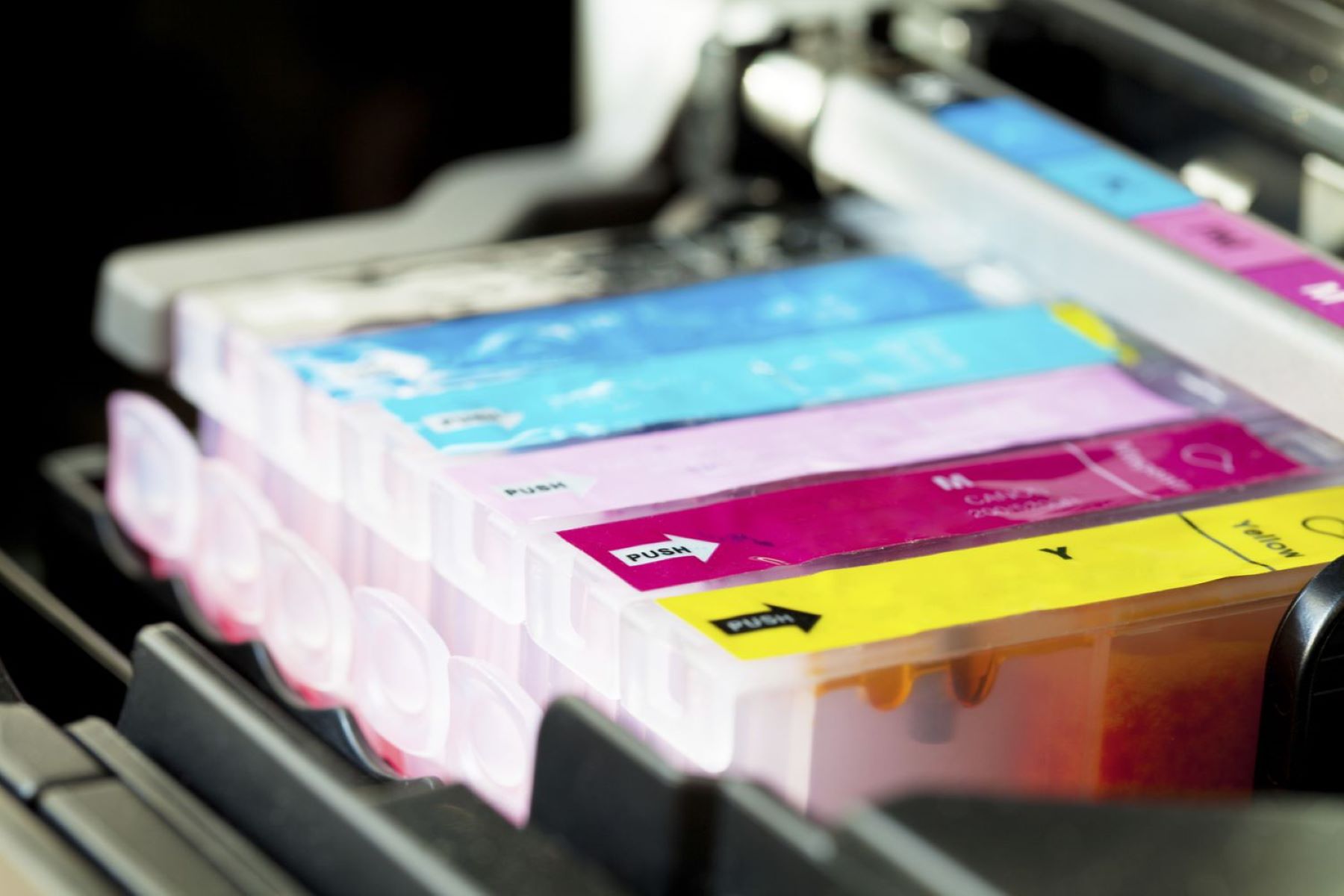
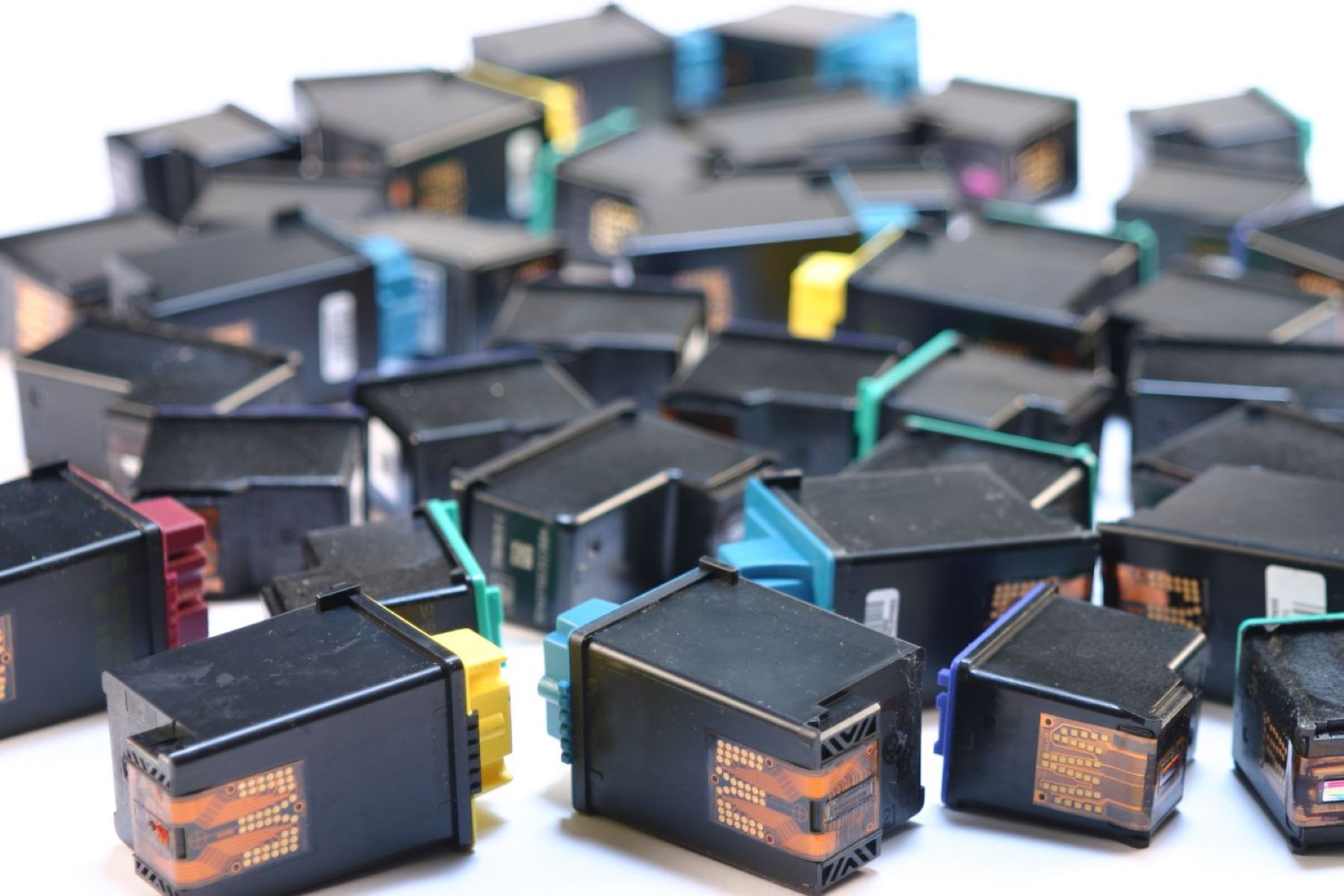
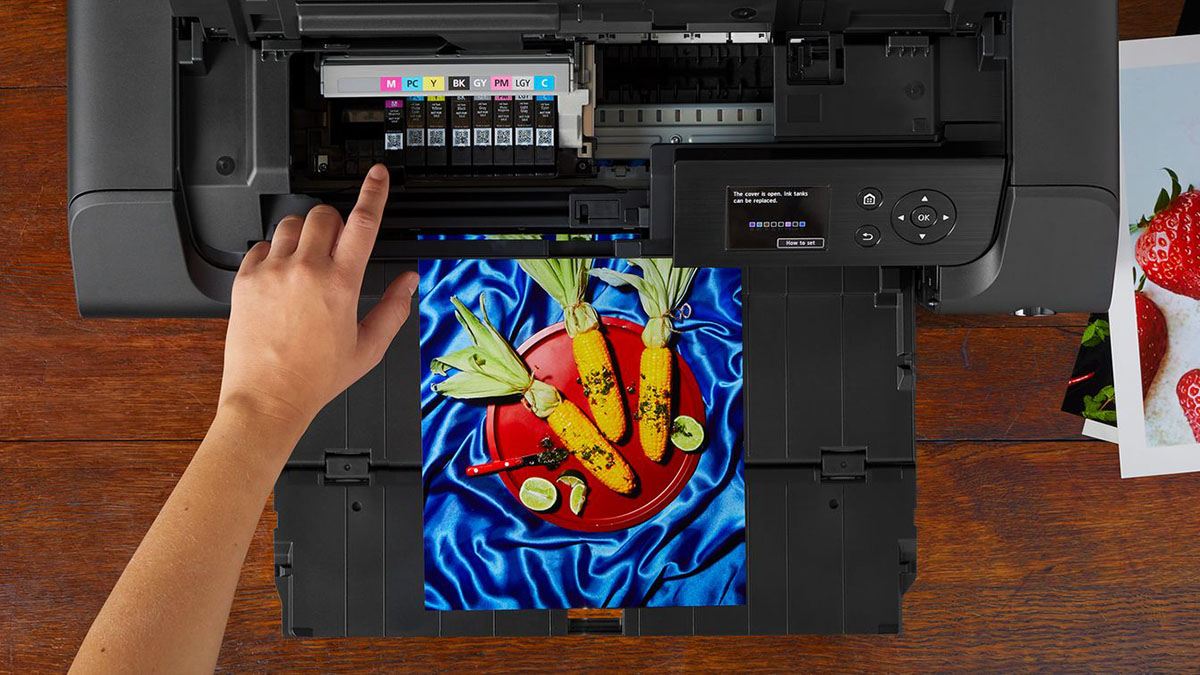

0 thoughts on “How Expensive Is Printer Ink”